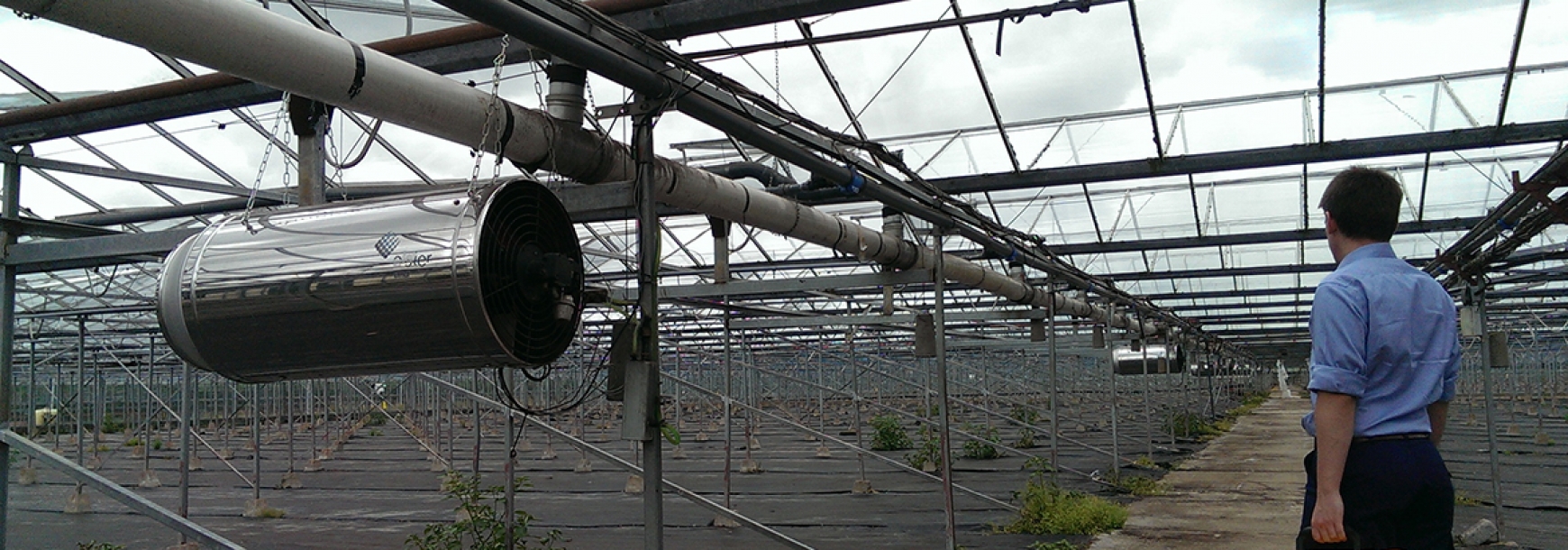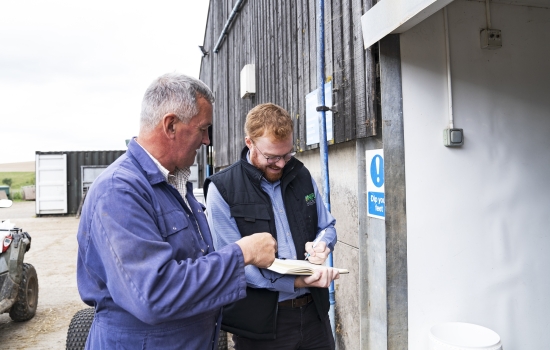Thermal imaging used to be regarded as a rather exotic and expensive way of spotting heat leaks in buildings. But with the advent of accurate portable handheld equipment, it’s now a cost-effective and convenient way of pinpointing where problem areas lie.
A thermal imaging camera takes a thermal ‘photograph’ of an area, which shows variations in temperature as changes in colour on the image. Wherever heat transmission is taking place, there will be a change in temperature and, hence, a different colour. So, if a heated building is imaged on a cold day, areas where heat is leaking, such as round doors and windows, stand out as a different colour. The same principles apply when looking at a refrigerated building on a hot day. Cold areas on walls will indicate a ‘cold leak’ from the building.
Of course, some areas of leakage may be expected – windows and round doors usually show high heat leakage. However, less obvious areas may show where insulation has broken down in walls or ceilings. Problems are common at structural junctions – where walls meet the ceiling or floor for example.
Imaging can be done from either the inside or outside of a building, depending on the time of year and the ambient and internal temperatures. For example, mid-summer is a good time to inspect the integrity of an insulated roof, as the sun raises the external temperature of the roof surface to a high level and heat leakage to the inside surface becomes very obvious. Clearly, winter is a good time to be looking at heated buildings. Inspection of heating components like pipes and boilers quickly reveals the breakdown in insulation even where faults lie behind walls and under floors.
Talk to us about having your buildings checked with our state-of-the-art thermal imaging equipment now.




